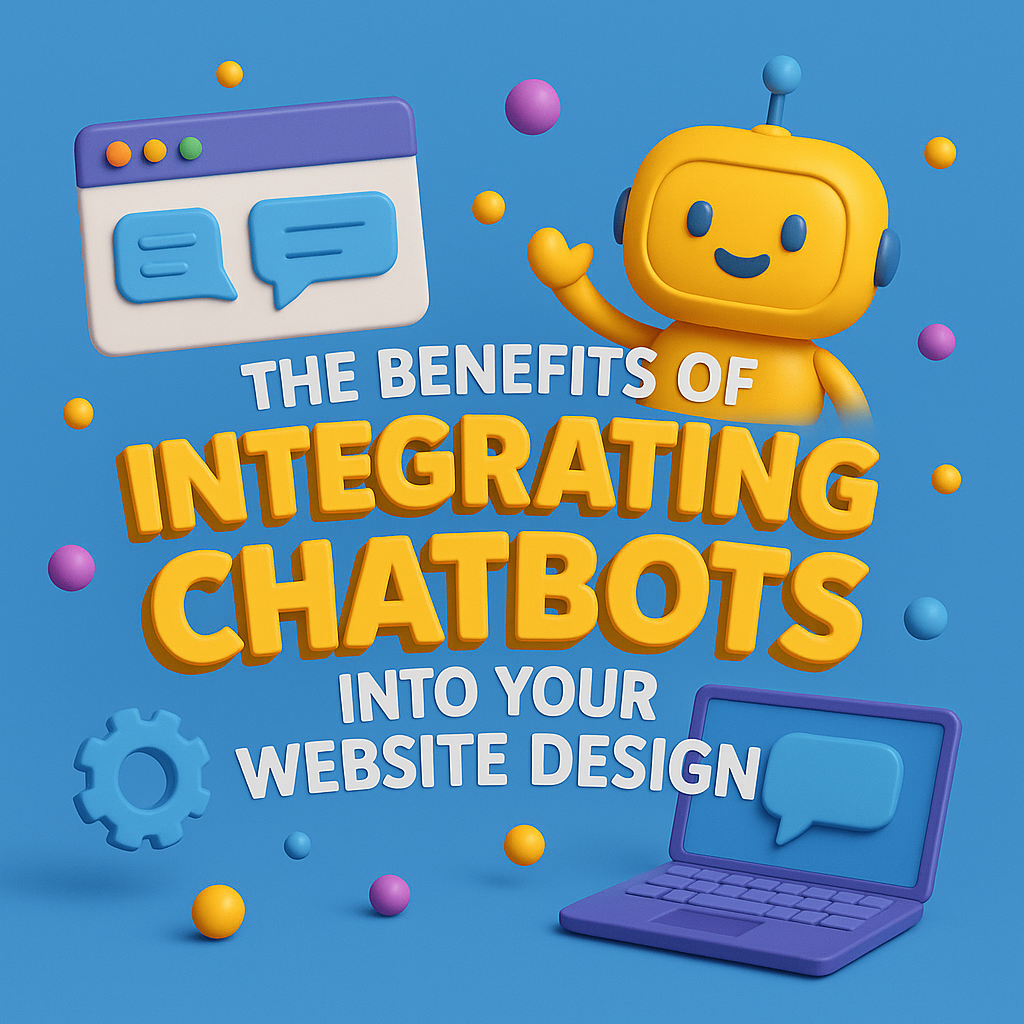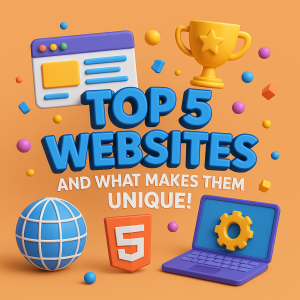Think about the last time you landed on a website and had a question. Did you scroll endlessly looking for answers? Or did you close the site within seconds? In a world where attention durations are shorter than TikTok videos, users expect instant responses. For this reason, chatbots in website design are becoming essential—quietly revolutionizing how sites work, convert, and connect.
Modern website design is no longer just about looking sleek. Instead, it’s about being smart, responsive, and helpful. Chatbots tick all those boxes, turning passive sites into active conversation hubs. In fact, if you’re still thinking of them as clunky little pop-ups from the early 2010s, trust us—they’ve had a serious glow-up.
So, What Exactly Is a Chatbot?
At its core, a chatbot is a software application designed to simulate human conversation. For instance, on websites, they usually live in that friendly little chat bubble in the corner, waiting to answer questions, guide users, or collect leads.
In terms of web design, chatbots function as a dynamic extension of your interface. They integrate with your site’s layout and user flow, offering real-time engagement without disrupting the visual experience. Modern bots are powered by AI or rule-based logic, depending on how advanced you want to go. For example, some answer FAQs, while, others help book appointments. The best ones feel almost human—but with better response times.
Why Everyone’s Talking to the Bot: Benefits of Chatbots in Website Design
You don’t need to be Amazon to make chatbots work for you. So, here’s why businesses (big and small) are adding them to their digital toolkit:
- 24/7 Customer Support Your human team needs sleep. Your chatbot doesn’t. For example, whether it’s 3 PM or 3 AM, your visitors get instant answers. This is especially powerful for e-commerce or global businesses.
- Enhanced User Experience Good bots don’t just chat—they guide. In addition, they can suggest products, direct users to the right page, or help troubleshoot on the spot. It feels like having a personal assistant built into your site.
- Lead Generation and Qualification Forget boring forms. Chatbots can engage visitors in real conversation, gather lead info, and qualify them based on behavior and interest—automatically.
- Reduced Bounce Rates A user hits your site, looks confused, and leaves? Not with a chatbot. In fact real-time interaction keeps visitors engaged and helps them find what they need before they bounce.
- Personalized Interactions Today’s bots can analyze behavior, return visits, or location data to personalize messages. For instance, a first-time user might get a friendly welcome, while a returning visitor might be offered a discount.
Bots vs. Traditional Support: No Contest
Let’s compare: Traditional customer service often involves email chains, long hold times, or manually managing chat boxes. On the other hand, while human support will always be important, it’s not always scalable.
Chatbots, however, scale effortlessly. They handle multiple queries at once, never get tired, and provide consistent messaging every time. Therefore, this doesn’t mean replacing your team—Instead, it means empowering them to handle more complex tasks while the bot handles the basics.
Chatbots in Website Design = A Better UX
Great design is about more than colors and fonts. In essence, it’s about how users experience your site. Chatbots can:
- Act as navigational assistants, helping users find specific pages or products.
- Offer interactive touchpoints, especially in minimalist layouts where information is condensed.
- Work hand-in-hand with micro-interactions, motion design, or pop-ups to create a more dynamic experience.
As a result, they blend with your existing design strategy—and when done right, they feel like a natural extension, not an interruption.
Implementation: What to Expect (And What to Avoid)
You don’t need to be a tech wizard to get started. For example, platforms like Intercom, Drift, Tidio, and Chatfuel offer user-friendly integrations with most CMS platforms. However, like any design element, chatbots need to be intentional.
So, here are a few things to keep in mind:
- Don’t go overboard with the bot’s tone. Friendly, yes. Pushy, no.
- Design the chat window to match your brand’s colors and style.
- Make sure it’s responsive—nothing’s worse than a bot bubble covering important content on mobile.
Best Practices to Nail the Chatbot Experience
- Be Human (Sort of): Give your bot a personality, but not a fake one. In other words, keep it light, clear, and helpful.
- Don’t Overcomplicate: Focus on solving 1-2 core tasks at first. You can always scale later.
- Position It Wisely: Bottom-right corners are standard, but ensure it doesn’t cover key content or CTAs.
- Keep the Flow Smooth: Use buttons, quick replies, and branching logic to keep users from typing too much.
Chatbots in Website Design: The New Norm in 2025
In 2025 and beyond, user expectations are only going to climb. People want fast, personal, and seamless experiences online. Chatbots deliver that in spades. When integrated thoughtfully into your web design, they become more than just a tool—they become part of the brand experience.
Finally, if you’re ready to level up your site with smart, user-friendly chatbot design, Fuel IT Online is here to help. We specialize in turning your static websites into conversion-ready, interactive platforms that users love. From strategy to implementation, we’ve got your back.
Let’s design your digital future—one conversation at a time.




